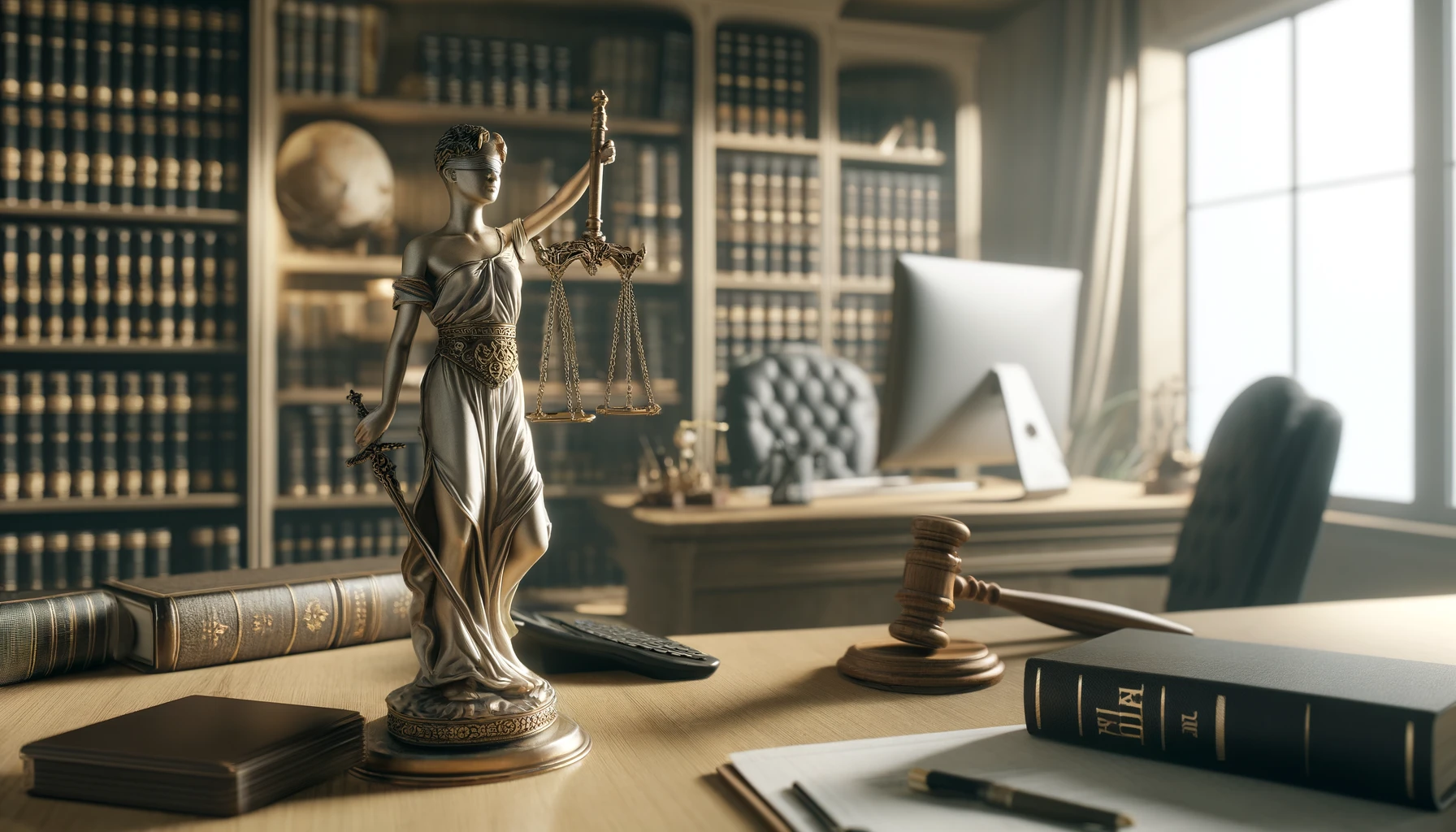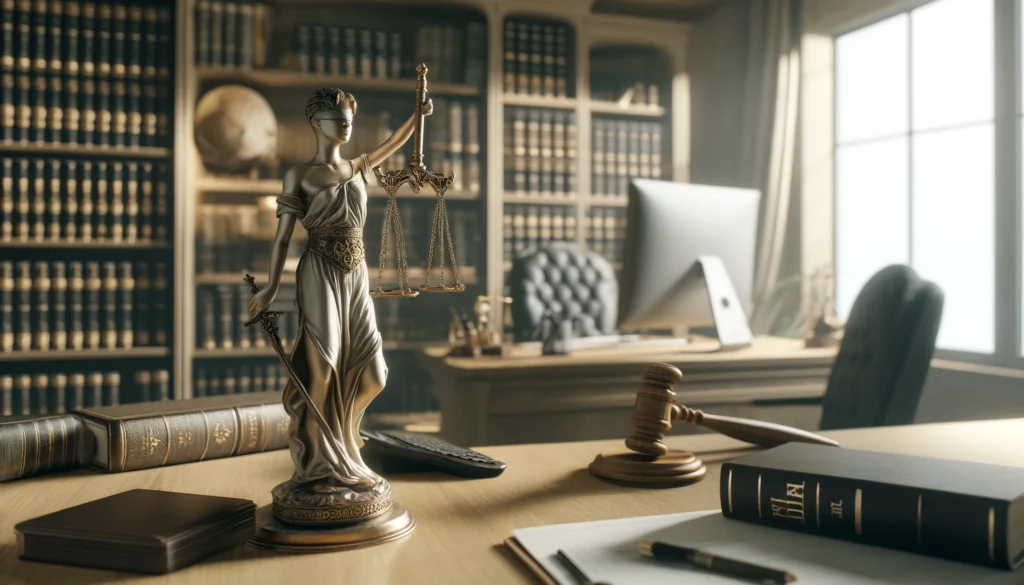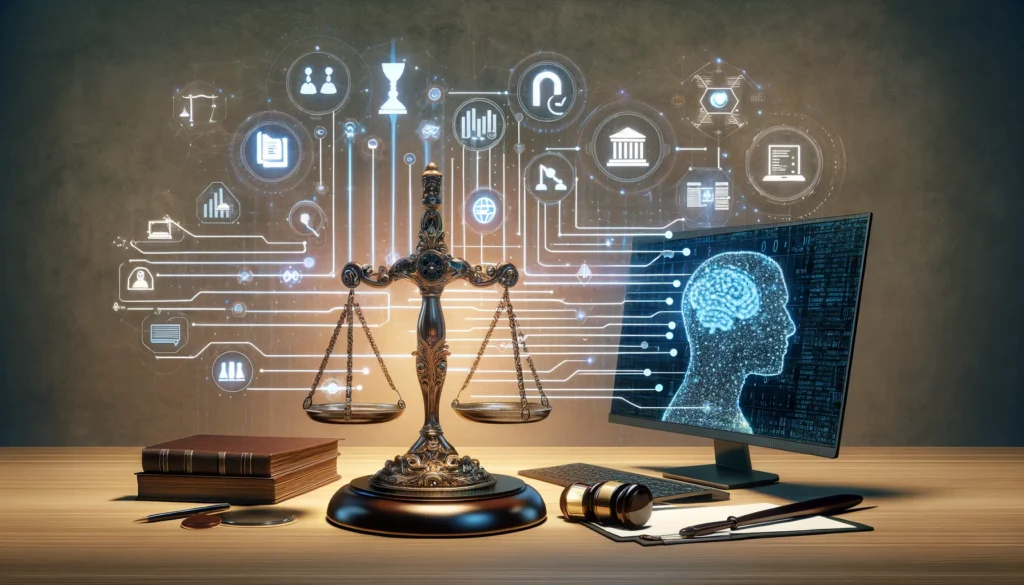
IP Management in the Age of AI
ntellectual property – patents, trademarks, copyrights – are the lifeblood of innovation-driven businesses. Managing these intangible assets is a complex undertaking. Companies must track their own IP portfolio, monitor competitor activities, analyze vast amounts of technical and legal data, and constantly assess potential risks and opportunities.
The sheer volume of information involved can be overwhelming, even with specialized IP management software. This is where AI tools like ChatGPT emerge as a potential game-changer. With its ability to process large datasets and generate text, ChatGPT has the potential to streamline many of the time-consuming and tedious aspects of IP portfolio management.
But what exactly is ChatGPT and how can it specifically enhance the work of those managing IP assets? Let’s dive into its core capabilities.
ChatGPT as Your IP Research Assistant
Think of ChatGPT as a remarkably versatile research assistant specifically trained in the language of intellectual property. Here’s where its strengths lie in this domain:
- Condensing Complex Information: Feed ChatGPT a lengthy patent document and it can provide a concise summary of the invention, highlighting key technical features and potential applications.
- Accelerating Searches: Trademark similarity searches can be a headache. ChatGPT can quickly scan databases and flag potential conflicts or close matches for further investigation.
- Monitoring Industry Trends: Task ChatGPT with analyzing news articles, competitor announcements, and patent filings to generate reports on emerging technologies and potential IP threats or opportunities.
- Language Expertise: ChatGPT has been trained on a massive dataset that includes legal documents and technical papers. This gives it a degree of fluency in the jargon of IP law.
It’s Not Just About Search
ChatGPT is not a replacement for specialized IP databases or the expertise of patent attorneys. However, by quickly distilling information and identifying potential areas of interest, it empowers IP professionals to spend more time on high-level strategic analysis and less on routine data-sifting.
The true value of ChatGPT lies in how you ask it for help. Let’s dive into specific prompt strategies for IP portfolio management.
Also read:
Prompt Mastery for IP Portfolio Management
To unlock ChatGPT’s potential within your IP workflow, focus on crafting prompts that are specific, direct, and aligned with common IP management tasks. Here are some examples:
- Portfolio Analysis
- Prompt: “Analyze the following patents within our portfolio [insert patent numbers or links]. Identify 3 potential licensing opportunities based on current market trends and recent competitor acquisitions in the [industry] sector.”
- Purpose: Helps identify underutilized IP that could generate revenue and highlights potential strategic partnerships.
- Prior Art Searches
- Prompt: “Conduct a prior art search for a patent application with the following description: [insert concise description of invention]. Focus on patents filed within the last 5 years. Provide a list of the 5 most relevant prior art references and a brief summary of their similarities.”
- Purpose: Accelerates the patent application process and aids in assessing the novelty of an invention.
- Risk Assessment
- Prompt: “We are considering registering the following trademark: [Name]. Assess the risk of a successful opposition proceeding based on existing registrations. List potential grounds for opposition and summarize relevant case law.”
- Purpose: Proactive risk mitigation, saving time on opposition research, but REMINDER: case law analysis ultimately requires legal professionals.
Specificity is Key
Avoid vague requests like “Find relevant patents.” Instead, provide context, timeframes, and the desired outcome. The more precise your prompt, the more targeted ChatGPT’s output will be.
Iterative Process Start with a broad prompt, then refine based on ChatGPT’s output. Use it to explore different angles and uncover insights you might not have considered initially.
Important Caveat: ChatGPT cannot replace the strategic analysis and legal judgment of an experienced IP professional. Its output is a starting point, not the final product. Thorough human review and verification are essential before taking any action based on AI-generated suggestions.
ChatGPT can aid with technical research, but it also has potential applications in drafting and streamlining communication within IP management.
Also read:
Beyond the Search: Drafting and Communication
ChatGPT’s ability to generate different styles of text makes it a helpful tool for both internal and external communications related to IP:
- Cease-and-Desist Letters: Provide ChatGPT with a summary of the trademark or copyright infringement, and it can generate drafts of a cease-and-desist letter. This can save time on initial formatting and phrasing.
- Internal Memos: Task ChatGPT with summarizing complex case law relevant to your IP portfolio. Use this as a foundation for a memo to colleagues, ensuring you tailor the information to your workplace’s specific needs.
- Client Updates: ChatGPT can help draft clear, concise explanations of the patent application process, trademark registration timelines, etc., for clients who might not have a technical or legal background.
Crucial Reminders
- Tone and Accuracy Matter: Always meticulously review and edit ChatGPT’s output to ensure legal accuracy, appropriate tone, and alignment with your company’s voice.
- It’s a Starting Point: Use ChatGPT to kickstart the drafting process, but personalize and refine the language before finalizing any communication.
While offering benefits, the use of ChatGPT in IP management raises ethical questions. Let’s wrap up with a discussion of responsible AI integration.
Also read:
Ethics and the Future of AI in IP
ChatGPT offers exciting possibilities for streamlining IP management. However, it’s crucial to approach its integration with both enthusiasm and caution.
- The Potential for Bias: AI trained on existing patent data may inadvertently perpetuate biases within the system. It’s essential to be aware of this risk and to work towards developing AI tools that promote fairness and inclusivity.
- Transparency: Should you disclose the use of ChatGPT in drafting communications with opposing parties or with the Patent and Trademark Office? This is an emerging question within legal ethics.
- Responsibility Remains Human: IP professionals have a duty to their clients and to the integrity of the intellectual property system. AI tools cannot replace sound judgment and the responsibility to ensure accuracy in all filings and legal documents.
Looking Ahead
The field of AI is evolving rapidly. We can expect AI tools to play an even greater role in IP protection, enforcement, and perhaps even the patent examination process itself. It’s the responsibility of those within the IP community to proactively engage in discussions about best practices and to establish clear ethical guidelines for utilizing AI responsibly.


